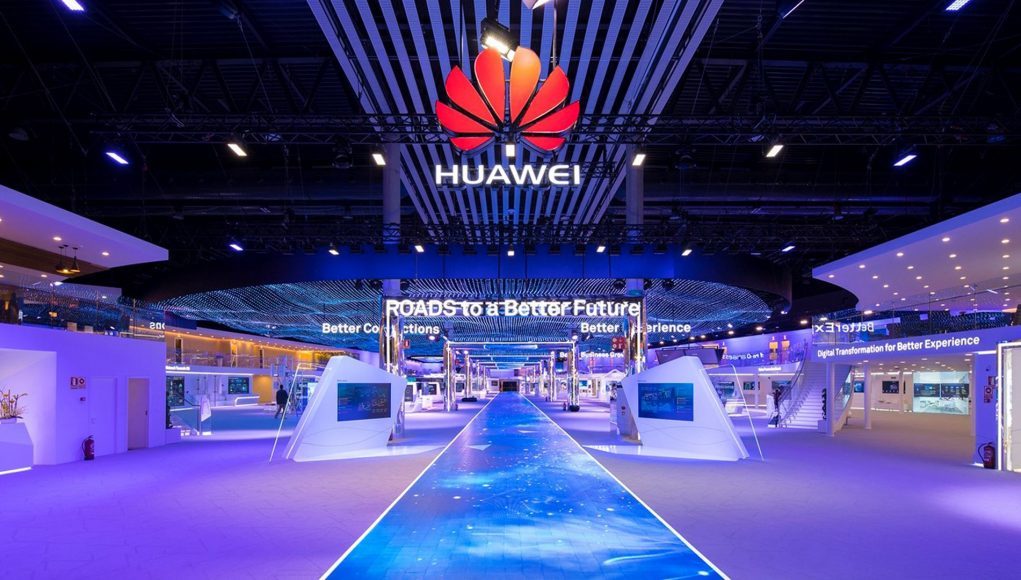As the world’s largest telecom manufacturer, when Chinese tech giant Huawei makes a market prediction, they have plenty of room to speak. Talking in an interview with CNBC, Huawei CEO Richard Yu says the industry at large will begin commercializing AR headsets within one to two years, Huawei included.
Like Samsung, Huawei offers a staggering variety of smartphones, laptops, tablets, wearables, and smart home accessories; the company surpassed Ericsson in 2012 as the world’s largest telecom equipment manufacturer, and earlier this summer overtook Apple to become the world’s second largest smartphone maker.
Despite this, Huawei has yet to significantly break into Western markets, although its rapid upward trajectory and premium flagship tech would suggest that will change in due time.
The company has been involved in the VR market since its launch of Huawei VR last year, a Daydream platform device. Huawei then announced Huawei VR 2, a smartphone-tethered device that connects via USB-C to Huawei Mate 10 series of phones.

Huawei CEO Richard Yu says though that AR is the company’s next big area of interest, something he says will materialize in the form of AR glasses.
“In the beginning you may feel AR … is nothing. But in the future you will see more and more the value of that,” Yu said.
Yu says the company is focusing on bringing AR to their fleet of smartphones first, which he maintains will let users acclimate to the idea of interacting with augmented reality experiences, games, services, etc.
“The next one to two years I think the industry will commercialize [AR glasses], even for Huawei. We will bring a better user experience product,” Yu tells CNBC.
The company hasn’t been bashful about challenging the dominant players in the industry, namely Apple and Samsung, both of which are likely already in the early stages of preparing consumer AR headsets of their own.
Apple has already brought AR to a large number of its iPhones via ARKit. The company is also reportedly developing its own AR/VR headset with 8K resolution per eye, supposedly slated for release in 2020. Apple recently acquired Akonia Holographics, a startup focused on holographic display and storage technology.
Concurrently, Samsung recently revealed an experimental AR headset at their developer conference last week that has prompted the company to merge the Gear VR SDK and Android ARCore to create a new software development platform, dubbed ‘SXR SDK’.







